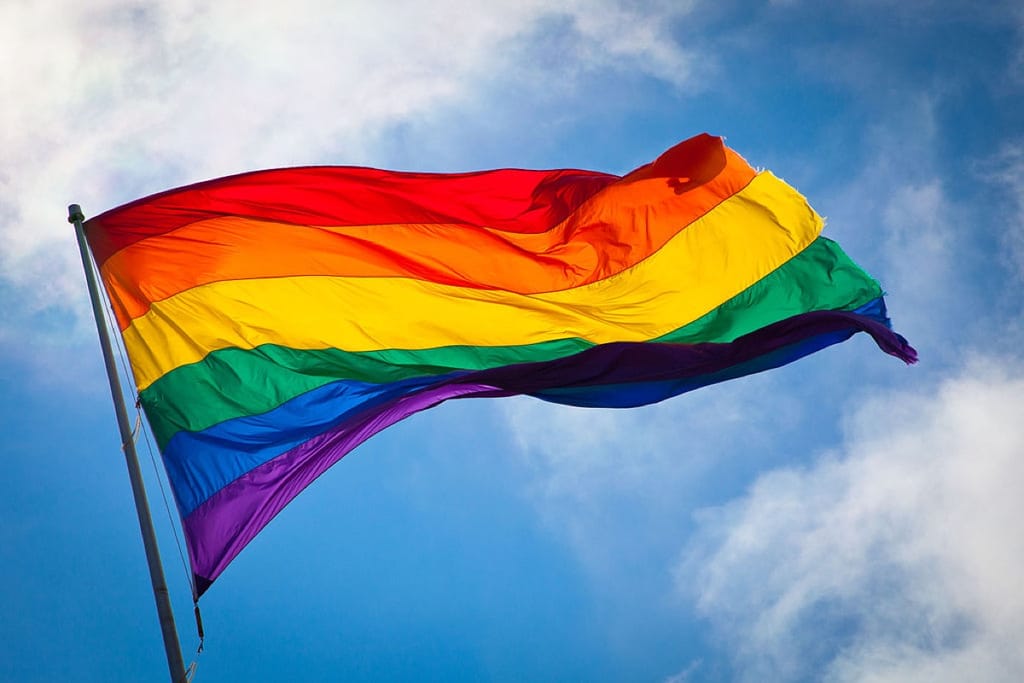
Happy pride month!
In honor of the 1969 Stonewall riots, June is marked as LGBTQ pride month. You’ve probably seen an increase in the rainbow flag and other accessories. But, have you ever wondered how this particular flag came to be a symbol of LGBTQ pride? Read to find out how!
The history of the rainbow pride flag
It all began in 1978 when Gilbert Baker, an artist, drag queen, and openly gay man designed the first-ever pride flag. He revealed that a request by Harvey Milk, one of the first openly gay elected US officials, to design a symbol they could associate with is how it began. The artist decided to go with a flag. After all, flags are one of the most powerful symbols of representation and pride.
To Baker, the flag was a natural call from the sky. He adopted eight colors into the flag, each holding deep symbolism. From the top, violet stood for spirit, indigo for harmony, turquoise for art, green for nature, yellow for sunlight, orange for healing, red for life, and hot pink for sex.
“Our job as gay people was to come out, to be visible, to live in the truth, as I say, to get out of the lie. A flag really fit that mission, because that’s a way of proclaiming your visibility or saying, ‘This is who I am!’” said Baker.
However, in 1994 the flag became a symbol to represent LGBTQ pride. In 1994, Baker made a mile-long version of the flag to pay homage to the 25th anniversary of the Stonewall riots.
The first rainbow flag
One of the first versions of the iconic flags flew high on June 25, 1978, at the San Fransisco Gay freedom Day Parade. Baker and his volunteer team handmade them. However, mass-producing the flag proved to be a challenge. Due to production issues, the turquoise and pink stripes were removed and blue came to replace indigo. Right now, a six-striped rainbow flag is more common. The myriad colors of the flag reflect the unity and diversity of the community.
